In recent years, with the development of diverse and personalized consumer demands, the Print-on-Demand (POD) model has emerged. Many e-commerce businesses have also joined the POD race. If you’re also considering starting a POD business, today’s blog is right for you.
What is a print-on-demand business?
Print-on-demand, POD, refers to a business model where consumers request personalized items, and merchants customize and print them on blank products. For instance, if a pet owner wants to customize two pairs of socks with his pet’s photo, he simply needs to send the pet photo to the merchant, specify the desired print location, place an order, make payment, and then wait for the merchant to print custom dog socks and send out the packages.
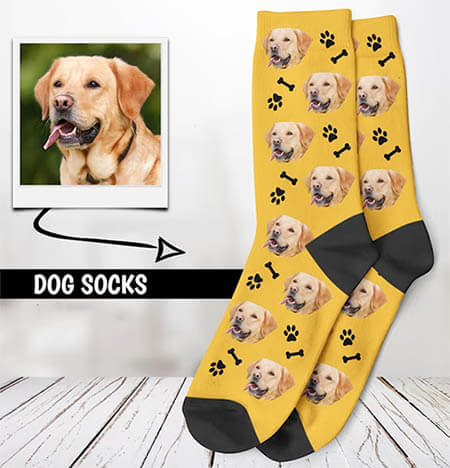
Regular socks and other items customized through POD can fulfill the personalized expression and emotional requirements of individual consumers, suitable for personal use and gifting purposes. Essentially, the POD business aims to provide personalized customization services tailored to consumers’ unique demands.
Products and techniques for POD customization are highly diverse. It’s common to use DTG, sublimation and heat transfer methods on fabric items such as T-shirts, hoodies, and pillows. These techniques allow printing on a single item. For paper-made products (e.g. notebooks, packaging boxes) and hard materials (e.g. ceramic mugs), heat transfer and UV printing are common POD customization methods, without any minimum order quantity requirements.
Is print-on-demand still profitable?
Yes. Here are 3 points to prove that POD is profitable.
The POD market is profitable and continues to grow.
Google Trends demonstrates that over the past 5 years, search interest in “Print on Demand” has increased steadily year by year.
Also based on Grand View Research, the global POD market size reached USD 6.18 billion in 2022 and is expected to grow at a compound annual growth rate (CAGR) of 25.8% from 2023 to 2030. The US is the largest market for POD demand and is home to featured POD companies such as Printify and Printful.
Our JingSourcing data also shows that many of our clients engaged in e-commerce business in the US are involved in POD ventures. Their POD products include custom pet photo socks, personalized image mugs, custom-painted stones, clothing featuring the same custom pet photo for both pet owners and their pets, and so forth.
Moreover, POD custom products have more profit margins.
Custom products are typically at higher prices compared to regular items. According to Deloitte Consumer Review, over 50% of consumers are willing to buy and pay more for personalized products, with over 20% indicating their willingness to pay an extra 30% for personalized and custom items.
For example, a common T-shirt on Amazon usually sells for several dollars, while POD T-shirts can be priced around $15-20. Therefore, it’s more likely to generate profits in the POD business due to the higher profit margin.
Under POD, there is no need to invest heavily in inventory.
The POD model involves on-demand customized production. This is a low-risk business model without inventory, friendly to beginners.
Overall, print on demand businesses still have the potential to make money. The profits depend on various factors, such as POD product types, service quality, marketing budgets, strategies, and channels.
Start a POD business via 6-easy steps
Step 1 -- Select products to sell
The first step is to generate product ideas for your POD business. If without any ideas, here are 2 product selection strategies:
Research popular products: In 2025, the most popular print-on-demand items included hoodies, T-shirts, hats, wall art, phone cases, bags, etc. These are proven market favorites, but you need to add your own innovative ideas. For example, with wall art, you could offer custom star maps, printing designs of the night sky from specific dates along with personalized text.
Choose niche products: For example, apparel holds the largest share of the POD market. You can narrow down your focus to a niche market of pet clothes, such as dog and cat clothes, and even further niches like horse rugs.
Either way, your product selection should align with the preferences of your target customers. Therefore, it’s advisable to choose products based on your own interests and experiences. This way, you will have a sufficient understanding of your target audience, thereby better tailoring your POD products to their interests and encouraging them to place orders.
Step 2 -- Create designs
Start designing product ideas, including patterns, colors, texts, etc. If you have no design experience, don’t worry. Browse hot-selling pattern designs, employ AI design tools, and use online easy-to-use templates to easily create your product designs by combining different unique graphics.
This way, conducting product graphic tests is also very convenient. You can save images with good sales for long-term use and quickly abandon those with poor sales. This not only saves a lot of costs but is also very friendly for new POD sellers.
By the way, if you have enough budget and want to focus more on finding suppliers and marketing your products, you can hire full-time/part-time designers. Websites like Fiverr and Upwork are common platforms to find designers. However, to find a designer with good value for money, you may need to try multiple options.
Step 3 -- Create an online POD store and list products
Based on your budget and needs, you decide to:
Set up a store on eCommerce platforms. For example, Amazon and Etsy have dedicated sections for POD products. Additionally, there are plenty of tutorials on Google teaching you how to start a store, making it easy to get started.
Create a POD website. The most common website-building tools are Shopify and WooCommerce. Shopify is user-friendly and suitable for individuals without a professional technical background. On the other hand, WooCommerce requires managing plugin updates and ensuring compatibility, which requires some time to learn and explore.
Afterward, list products in your store with clear and concise attractive product descriptions, eye-catching product photos, etc. It’s recommended to include some printed product images and real-life scenario pictures to help consumers better understand the printing effects of the products.
Step 4 -- Select suitable suppliers
When starting a POD business, it’s common to source products from large POD companies. Once a customer places an order in your store, the order information is automatically or manually synced to the POD companies. They then handle product printing, production, packaging, and send packages to your end consumers. This sounds similar to dropshipping. Here are 3 important points to consider:
Choose POD suppliers that support integrations with your self-owned website or your stores on platforms like Amazon, Etsy, etc.
Check POD companies’ product ranges, customization and printing options, corresponding prices, delivery times, etc. Compare some POD service providers to understand a reasonable price range.
Since POD companies directly send products to your final customers, you cannot personally check the product quality. You can only understand the quality of POD companies’ products through customer reviews, quality guarantees, return and exchange services, etc. I suggest you buy a POD product as a regular customer to personally experience their product quality and service level.
Step 5 -- Do product promotion and marketing
Market your products to attract more target customers. In addition to traditional platforms of Google, Facebook, and Pinterest, TikTok short video marketing is good.
Short videos provide a more intuitive and flexible way to convey the novel designs and eye-catching effects of POD products. Moreover, short videos can quickly captivate users, evoke resonance, and have good marketing and dissemination effects. We have several clients who have been quite successful with POD on TikTok.
Additionally, include a thank-you card in your product packaging, encouraging consumers to post reviews with pictures or videos on social media. This user-generated content not only exposes your products and brand via multiple channels but also boosts potential consumers’ confidence in buying. With their permission, you can also share content about their shopping experiences on social media. This is very helpful for brand promotion and repeat purchases
Step 6 -- Monitor your store performance and make improvements
Is that all? No, you still have a lot to do, like monitoring your store’s sales, conversion rates, inventory, ROI, and more. You can use some eCommerce intelligent software to help with this.
Then, use the data to determine which products or designs are selling well and which are not. Collect consumer feedback to improve your products and adjust your marketing strategy.
When your monthly sales volume increases, for example, selling several dozen POD T-shirts a month, be sure to consider buying blank T-shirts from China manufacturers to lower your costs, like what big POD companies do.
We often assist some small POD businesses in purchasing T-shirts. Our head office is opposite Yiwu International Trade City, where there are many suppliers of high-quality T-shirts. And our MOQ is very friendly to beginners in the POD T-shirt business. You can start with just a few dozen pieces, and the prices and quality are both good. Reach out to us for T-shirt sourcing.
In this case, you also need to find local printing companies to customize T-shirts. Printing methods like DTG, sublimation, and heat transfer printing do not have MOQ requirements, so you can print on just one T-shirt. This way allows you to check the quality of your POD products. As for shipping, there are many local logistics fulfillment service providers to choose from. Overall, this approach helps you avoid the middlemen costs of POD companies and gain more profits.
As a leading sourcing company in China, we’ve helped many POD companies source and ship blank T-shirts, and diverse other products from China. Our price is direct from factories and we ensure product quality via inspection. Furthermore, we have a dedicated design team to realize your custom designs and create all kinds of product photos and videos at affordable prices.
Tell us about your project. And our professional sourcing agents will engage with you to discuss the details and offer precise quotes. All our services are free until you decide to place an order.
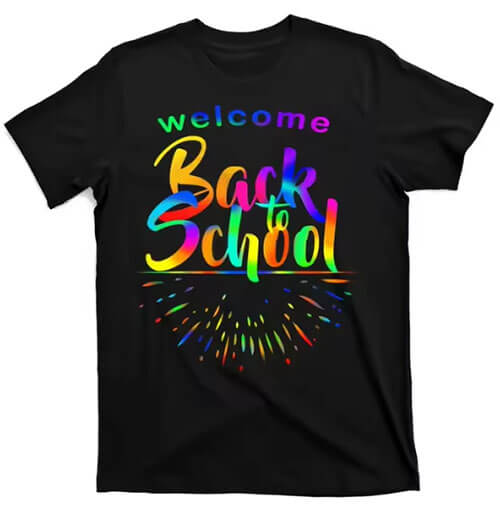

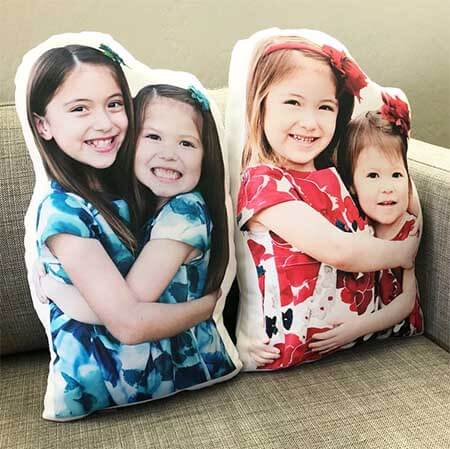
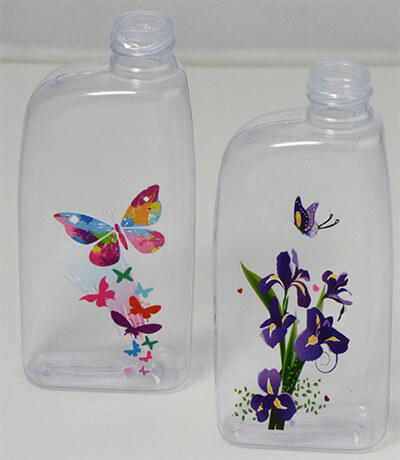
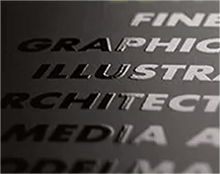
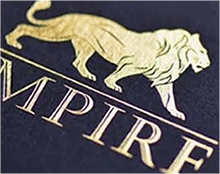

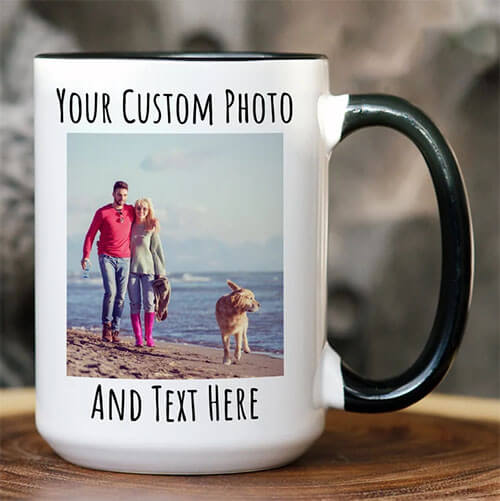
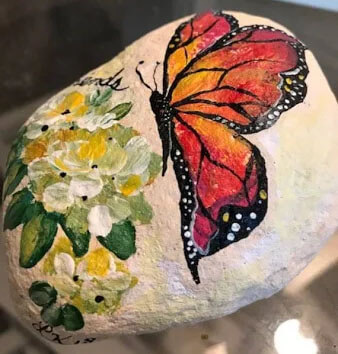

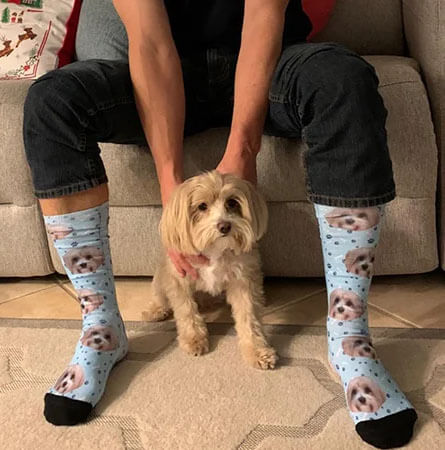
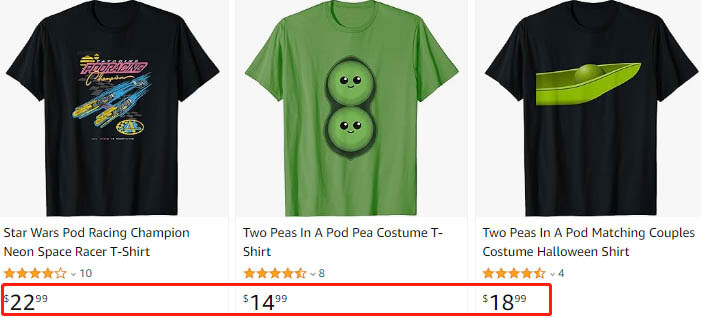
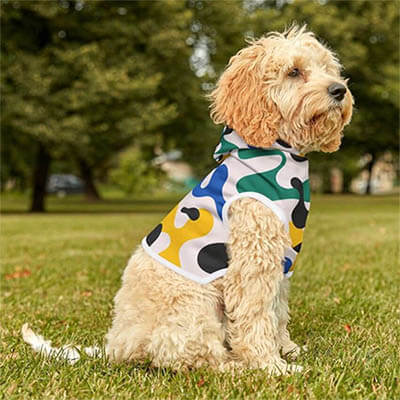
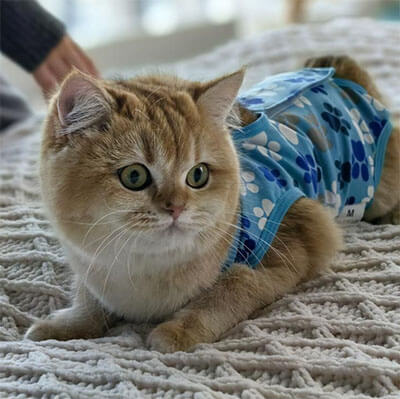
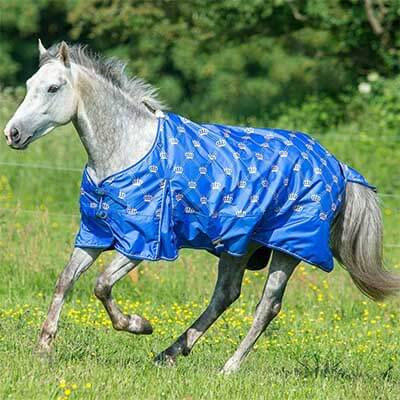

I was suggested this web site by my cousin Im not sure whether this post is written by him as no one else know such detailed about my trouble You are incredible Thanks